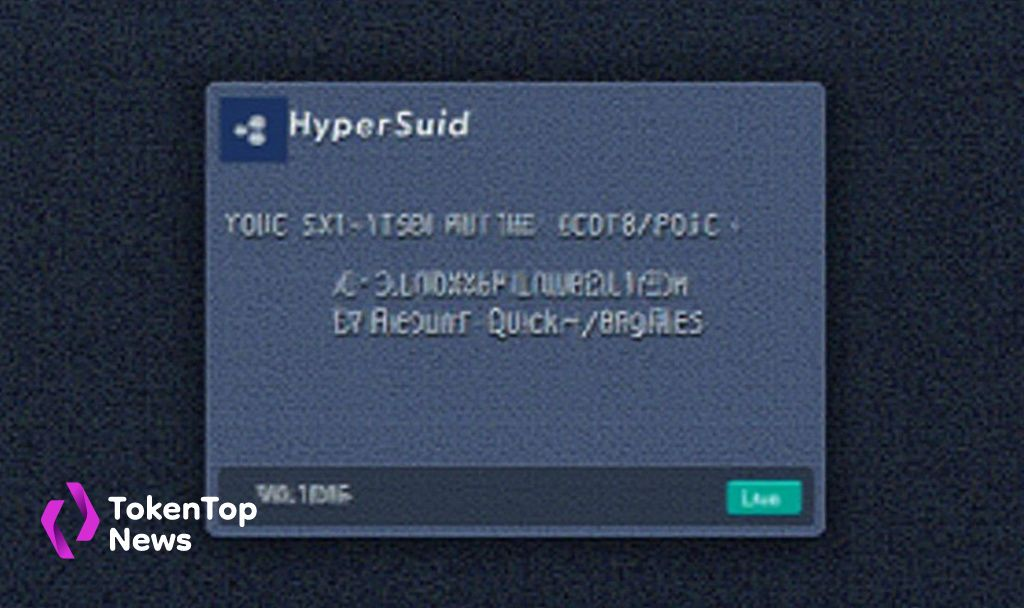Hyperliquid X Account Compromised, Spreads Fake Airdrop Links
- Account compromised, warnings issued, market affected.
- $HYPE token fell 3.5% immediately.
- Possible X vulnerability discovery underway.

Hyperliquid’s account compromise is significant due to the potential for extensive phishing attacks and immediate market reactions, impacting $HYPE pricing.
Impact and Market Reaction
@ThinkingUSD, Crypto Market Analyst, – “Hyperliquid’s official Twitter account has been compromised due to an insider threat at Twitter, despite two-factor authentication being enabled. This incident highlights a potential broader security vulnerability across the X (formerly Twitter) platform, prompting urgent warnings for traders to avoid clicking links from any protocol’s social media accounts until the issue is resolved.”
The hack has been connected to a broader vulnerability on X, with suspicions of an insider threat. The phishing attack causes serious concern as users risk having their wallets compromised.
Market Impact on $HYPE Tokens
Security Concerns and Community Response




